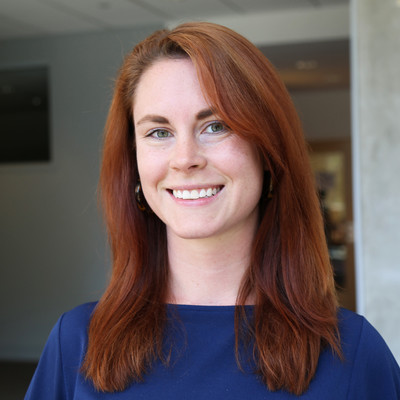 I talked a little bit about this in the previous post in the “I’m Admitted, Now What?” series, but today I’d like to dive a little deeper into how to evaluate your financial aid package and how to find additional ways of financing your graduate school education.
I talked a little bit about this in the previous post in the “I’m Admitted, Now What?” series, but today I’d like to dive a little deeper into how to evaluate your financial aid package and how to find additional ways of financing your graduate school education.
Read the fine print. When comparing graduate school financial aid packages, it’s important not to get stuck on the percentage of the scholarship you’ve received. Shorter programs, suburban or rural campuses, and internship support programs can all mean less-out-of-pocket costs for students: even living in Waltham over living in Boston can mean paying 4% less in rental costs, even though you’re still less than half an hour from the city! Additionally, some programs provide internship support; in Heller’s MPP program, students who secure paid internships can apply for matching funds of up to $2,500, and students who find unpaid internships can apply for support through Heller. These small differences can make a big impact over the course of a program.
Another factor to consider is what conditions your scholarship has: at Heller, tuition scholarships are not tied to required research assistantships or teaching assistantships because we reward you for the work you’ve already done. However, at many schools, scholarships are dependent on working as a graduate assistant, which may make it difficult for you to work for outside organizations during your graduate program.
Looking into all of these factors can take time and careful research; if you’re not sure where to look, I would suggest starting with your school’s Financial Aid page and the Policies and Procedures handbook for your specific program.
Start your search. Once you’ve compared your costs with internal scholarships, it’s time to start looking at external sources of funding. Here at Heller, we have a list of external funding sources for U.S. citizens and international students, which can be a great place to start. Fastweb.com and Funding US Study (for international students) are also fantastic resources for students looking to fund their graduate education. International students should also contact their local EducationUSA office; EducationUSA is a U.S. Department of State network of over 430 international student advising centers in 178 countries and territories and can help you to identify other sources of funding.
In many situations, there may be smaller scholarships for which you might be qualified. These small scholarships can add up; don’t dismiss opportunities because of size! Think about how you identify yourself: this can lead to some smaller pockets of money that are designated to specific groups available through advocacy organizations and/or foundations, including women’s organizations, LGBT organizations, and ethnic organizations.
Get to work! Once you get to campus, you can also start looking for on-campus employment. I’d encourage you to start your search for on-campus positions in the first few weeks, as on-campus jobs are usually in high demand. Many colleges have websites where you can search for open student employment positions, so you might even start searching the week before you arrive on campus. Don’t be afraid to think outside of the box (or in this case, your program); international student offices, study abroad offices, libraries, research labs, student employment offices, and athletic departments often utilize student workers. In fact, this blog is written in part by two Graduate Assistants in the Admissions Office!
Once you’ve been in your program for a few months, don’t be afraid to approach professors about research assistantships or teaching assistantships. You can also reach out to your faculty advisor for guidance about how to approach faculty regarding your research interests or desire to teach while in graduate school.
